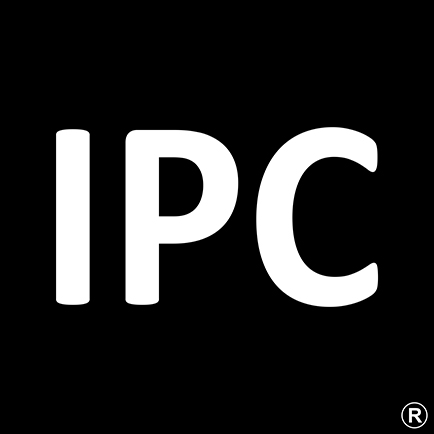Have you ever wondered how plastic products are created? In most cases, moldable plastic pellets are heated up until they form a liquid and then poured into a mould so that when the plastic hardens, it takes on the shape of the mould.
But it is not quite as simple as that. In fact, there are a few different methods used, each with their own unique attributes. While general injection moulding may be the most common, in this article, we’ll look at other methods used for moulding plastic products.
Injection Moulding
Injection moulding is one of the most common methods used by plastic product manufacturers and involves injecting liquid plastic directly into a custom mould. The injection is done under high pressure and left to cool to form a solid component.
PRODUCTS COMMONLY MADE USING INJECTION MOULDING
- Footwear
- Electrical components
- Plumbing components
- Medical devices
Injection Blow Moulding
Blow moulding is a very interesting process in which a product is injection moulded into a smaller shape of the end products and then gets blown into a mould which then becomes the end-product size. This process is most often used to create plastic bottles and jars for the cosmetic and food packaging industries as well as general household items.
PRODUCTS COMMONLY MADE USING BLOW MOULDING
- Bottles
- Jars
Roto Moulding
Roto moulding is a process in which a hollow mould is filled with powdered plastic compound and is then heated up and rotated on an axil that spins the mould. The powder becomes liquid and takes the shape of the mould upon releasing and cooling.
PRODUCTS COMMONLY MADE USING ROTO MOULDING
- Tanks
- Toys
- Large Hollow Products
Are you looking for moldable plastic pellets suitable for injection moulding? Here at Innovative PVC compounds, we supply a diverse range of PVC pellets and would be more than happy to offer our professional advice regarding which type of compound would best suit your needs. Contact us today for more information.


